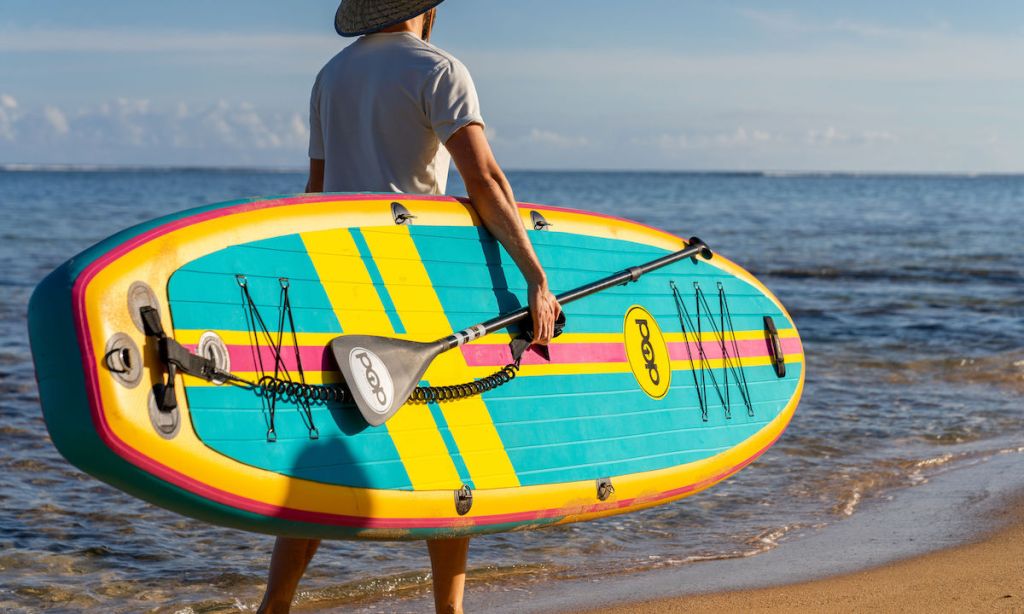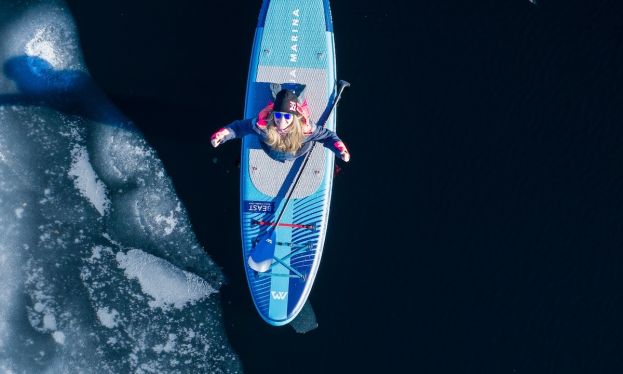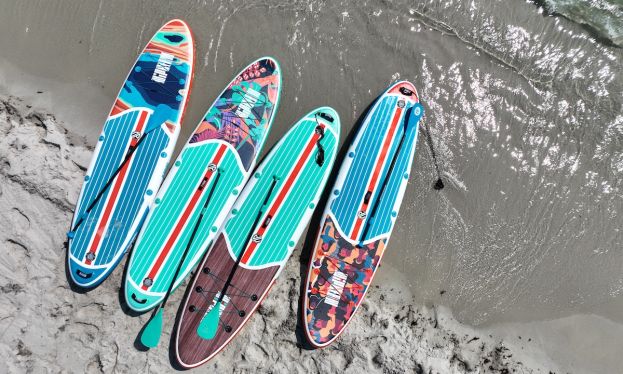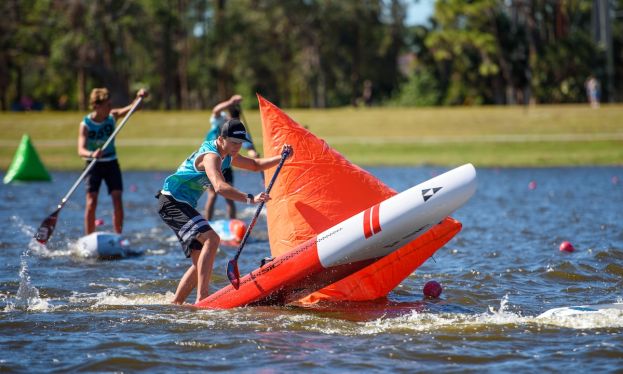5 Often-Overlooked (and Critically Important) SUP Safety Practices
- Written by Jason Paul
- Published in Tips
- Comments::DISQUS_COMMENTS
While stand up paddle boarding is generally regarded as a very safe activity, there are some basic safety measures that should be practiced each and every time you paddle out. It's all too easy to fall into the trap of thinking that one is above these practices (especially when it comes to experienced paddlers), but nothing could be further from the truth.
In this article, we'll take a look at 5 of the most commonly overlooked paddle boarding safety practices. Chances are, you may already be familiar with some (or all) of the items in this list — please keep in mind that the purpose of this article is not only to educate, but to motivate as well. All the SUP safety knowledge in the world is ultimately worthless unless it's put into practice, so if you're not already in the habit of doing each and every one of these things, we encourage you to immediately incorporate them into your paddling routine.
So without further ado, let's get right to it...
1. Wear a PFD (personal flotation device).
PFDs are a complete no-brainer, and there's absolutely no reason why someone should ever paddle out without wearing one. Personal flotation devices can (and do) save lives, and they're a critical SUP safety accessory for even the strongest, most confident of swimmers. For flat water paddling, either an inflatable belt pack PFD or a traditional life jacket will suffice, but if you're going to be hitting the whitewater, you'll definitely want an inherently buoyant life vest. For SUP surfing, a belt pack PFD is the way to go as they're compact and won't negatively impact your ability to dive under waves.
2. Use a SUP leash.
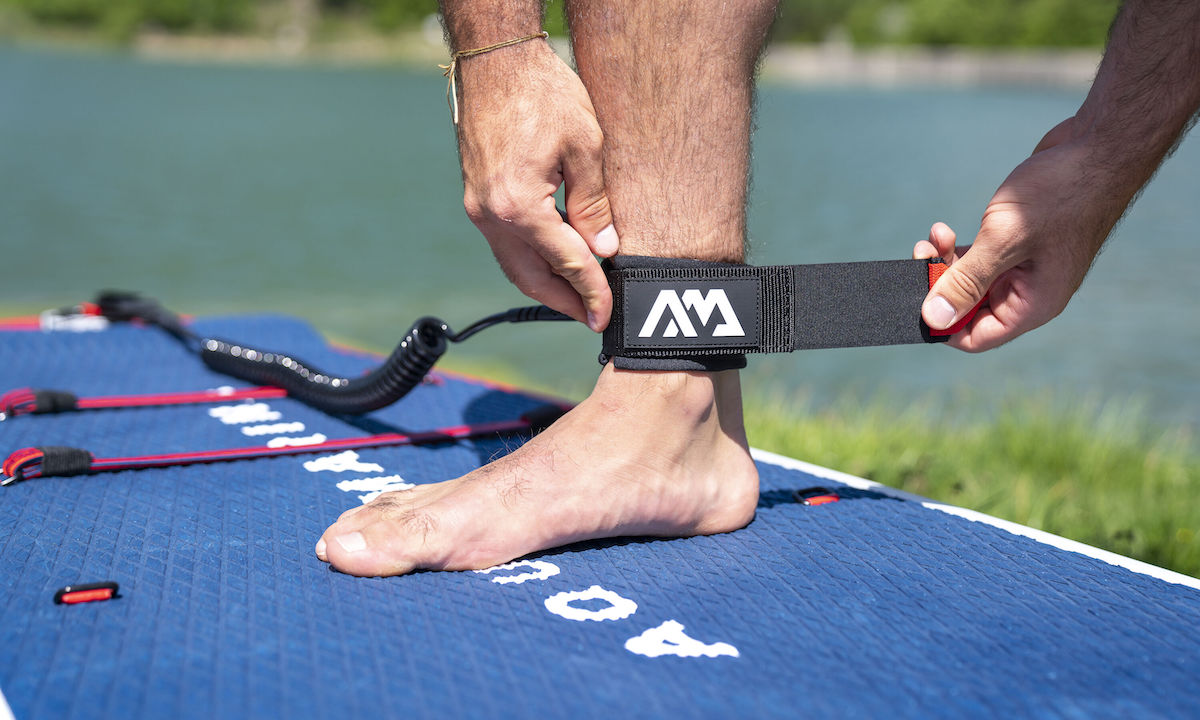 Photo Courtesy: Aqua Marina
Photo Courtesy: Aqua Marina
Another super important paddle boarding safety practice that often gets overlooked is wearing a SUP leash. This is another SUP accessory that you simply can't afford to be without as it'll keep you from getting separated from your board. Losing your board far offshore in windy, choppy conditions can be fatal, and you can completely eliminate this risk by wearing a simple ankle leash. If you're going to be running rivers, please remember to wear a quick release belt.
3. Keep the kiddos safe.
Whenever you're planning to bring the kids along for a paddle, there are several critically important safety tips to keep in mind. Things like life jackets, sunscreen, and adult supervision are absolutely essential when it comes to keeping your children safe on the water. For an easy to follow checklist on this topic, check out this infographic about SUP safety for children.
4. Don't forget about your pup!
 Photo © Supconnect.
Photo © Supconnect.
More and more people are discovering just how fun it can be to paddle with your pup, but there are certain risks that can be completely avoided by simply following some basic SUP pup safety tips. Whenever paddling out with your pooch, leave the dog leash behind and make sure that your pup is wearing a life jacket. Also, make sure that your pup is comfortable on your board before hitting the water and keep nails neatly trimmed. Properly preparing for a day on the water with your dog will help to prevent unfortunate accidents and also result in a more enjoyable day of paddling. For more tips on SUP pup safety, be sure to check out this resource.
5. Cover up.
Paddle boarding is a fantastic way to get outdoors and enjoy the sun, but overexposure can result in a painful sunburn or worse. Moderate amounts of sunlight are a healthy thing — helping to boost Vitamin D production, improving mood, and reversing seasonal affective disorder (SAD). Getting too much sun, on the other hand, is quite dangerous and can lead to the development of skin cancer. Whenever you're going to be spending a considerable amount of time on the water, be sure to bring along a wide-brimmed hat, sunglasses, long sleeve rash guard, and plenty of sunscreen.
Final Thoughts
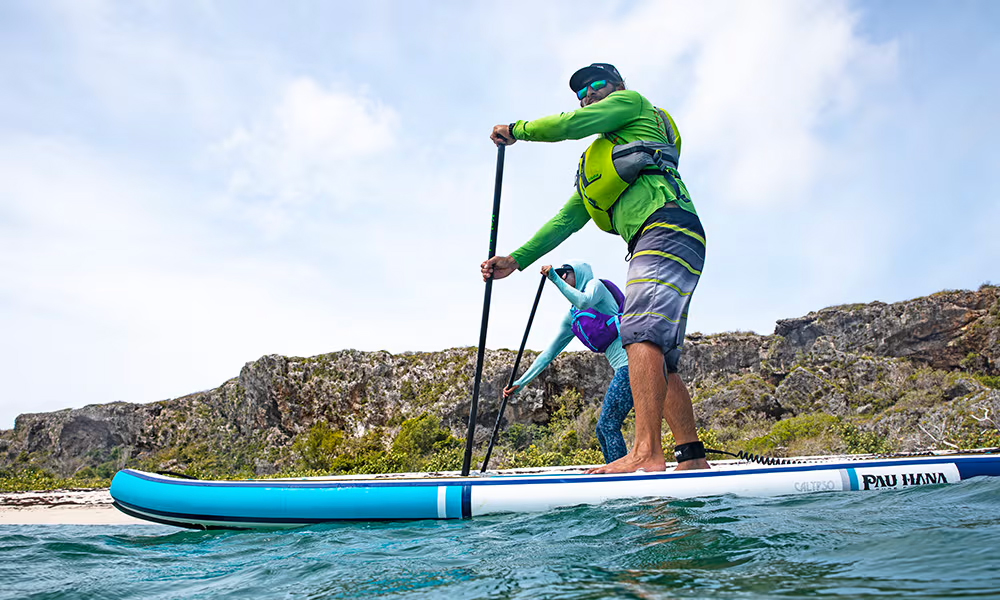 Photo Courtesy: Pau Hana Surf Supply
Photo Courtesy: Pau Hana Surf Supply
We hope that you've enjoyed this article on some of the most commonly overlooked paddle boarding safety practices. Each and every one of the items we've listed is a critical piece of the puzzle when it comes to SUP safety, and we encourage you to start putting these things into practice right away.
The popularity of stand up paddle boarding has seen a tremendous amount of growth over the past several years, and educating new paddlers on the importance of being safe in the water should be a top priority. Properly introducing newcomers to paddle boarding will ensure that our sport maintains both a positive direction and reputation, avoiding unnecessary tragedies and the bad press that goes along with irresponsible actions.
Have fun on the water, and safe paddling!
© Supconnect.com Copyrighted Exclusive Content
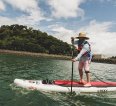
Jason Paul
In addition to being a SUP Connect contributor, Jason reviews inflatable paddle boards and other SUP gear for InflatableBoarder.com. He currently resides in beautiful Panama with his wife and two small children.
Website: www.inflatableboarder.com Email This email address is being protected from spambots. You need JavaScript enabled to view it.
